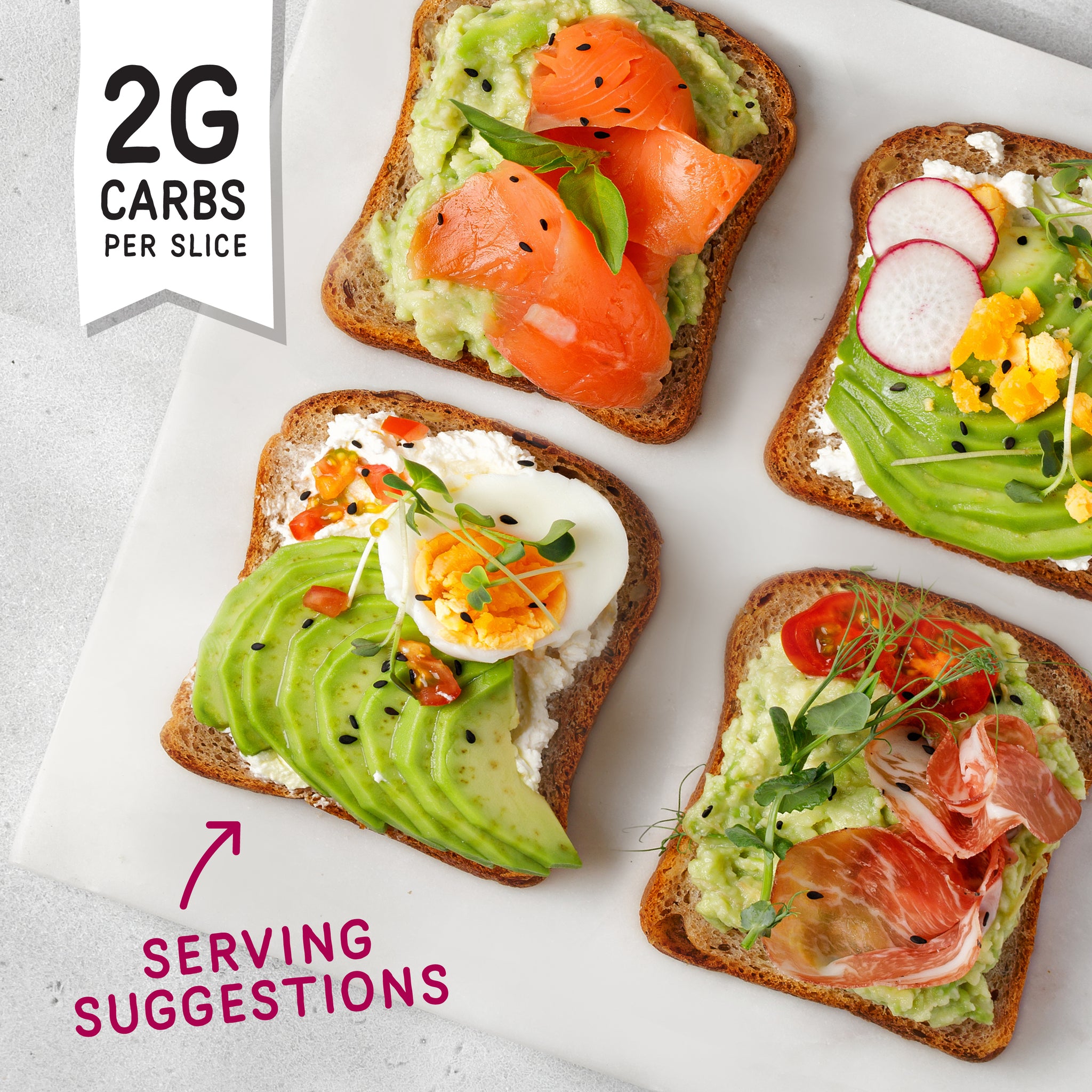Bread has long been a mainstay in kitchens all over the world. But it was for many years viewed as the enemy to weight loss and healthy living. This perception is beginning to change, thanks to the advent of calorie bread. The bread that is calorie-free has been developed to be light than breads that were heavy and dense in the past but without sacrificing texture or taste. Bakers have redefined what bread means by using nutritionally rich ingredients like flax seeds and proteins-rich plant sources. It’s no longer an indulgence that people who are trying to lose weight avoid. Instead, it has become something that people enjoy every day. It’s possible to have sandwiches, wraps, or toast without feeling guilty. This bread is ideal for people who want to reduce their caloric intake and still enjoy food items that are comforting.
The Promise of No Carb Bread
Although bread that is calorie free is created to help reduce calories, the no-carb bread is meant to reduce carbs almost completely. While carb-free items are not very common and not all of them are being totally free of carbohydrates by substituting wheat flour with alternatives such as coconut flour, almond flour and psyllium. It’s a loaf of bread that tastes and acts like normal bread. However, it’s free of the carbs that can be detrimental to ketogenic diets or cause blood sugar levels to rise for diabetics. Bread without carbs is a miracle for people who were forced to cut out breakfast toast and sandwiches. It allows people to carry on their normal routines and still adhere to strict diet guidelines. The bread has more than a purely nutritional function. It gives people who thought that bread would be permanently off the menu, a sense of normalcy.

Image credit: fitbakes.co.uk
Low-carb Breads: The shift in nutrition
Breads that are low in carbs are an alternative to traditional loaves, or even no carbohydrate options. They don’t completely eliminate carbohydrates entirely, but they do reduce them considerably while increasing protein levels and fibre. Their high seed content – often upwards of 17 percent – provides healthful fats and texture and essential nutrients such as omega-3 fatty acids. The transition to nutritionally dense bread marks a significant shift in the demands of consumers. People are no longer satisfied by empty calories. They need foods that are actively supporting their well-being. Low carb breads meet this need by offering the ability to reduce weight, improve digestive health and helps maintain energy throughout the day. These breads are great for those who are looking to maintain a healthy amount of carbohydrates and increase their protein intake.
Low Calorie Sandwiches for Modern Living
Sandwich wraps with low calories are an ideal choice for those living in a fast-paced environment. Wraps are a great alternative to the heavy tortillas and pitas which can add unwanted calories to your food. They’re also flexible and designed to suit those who are always moving. These wraps are not high in calories, which allows them to be packed with healthy ingredients like fresh vegetables, lean meats, and plant-based proteins. They’re not just different in their calorie content but also in the ways they can be used. They can be used for breakfast burritos, lunch wraps or even for creative dinner options such as pizza bases. For busy families, athletes, or professionals, low calorie sandwich wraps offer a way to stay nourished and satisfied without resorting to fast food. They represent the notion that healthy eating doesn’t need to be complicated or restricting. It can be delicious, practical and sustainable.
Conclusion Bread Without Compromise
The bread industry is changing and is a sign of a larger shift towards healthy, healthier eating. Bread with calories can help to lose weight while eliminating the comfort foods. No carbohydrate bread is beneficial to people who follow ketogenic and diabetic diets. Low carbohydrate breads offer a nutritious middle ground to keep active. Sandwich wraps that are low in calories can be convenient, but they don’t sacrifice nutrition. These innovations show that bread doesn’t have to be a threat to health. It could actually serve as a companion. If you’re looking to find a balance between taste and wellness This new type of bread provides the best of both worlds.